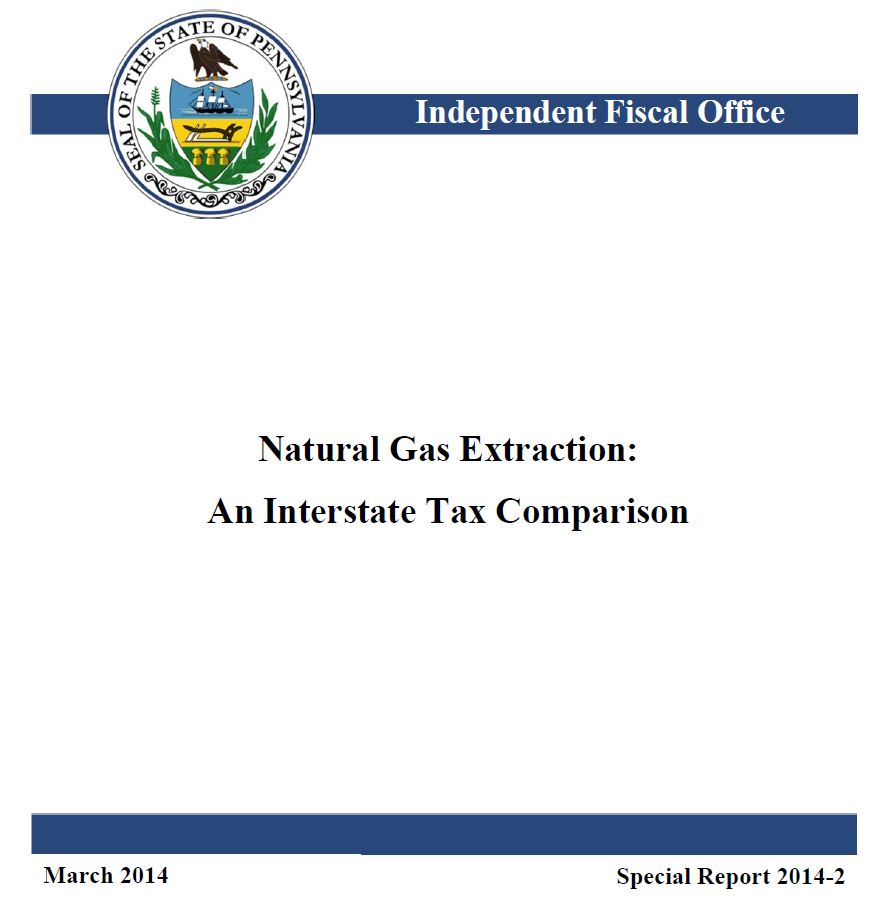Natural Gas Extraction: An Interstate Tax Comparison
March 17, 2014 | Energy

This report provides an objective framework to facilitate an interstate comparison of severance taxes or fees. It constructs a single metric, the effective tax rate, which allows the Pennsylvania impact fee to be compared to the severance or production taxes levied in other states. While sufficient information is not available to consolidate other types of taxes into the effective tax rate measure, the report does provide discussion and context about the non-severance tax policies applicable to natural gas extractors.
The report compares various taxes and fees levied on the extraction of natural gas from shale formations across 11 states. It also examines two production (high and low) and two price (high and low) scenarios. These four scenarios provide a reasonable framework to facilitate interstate tax comparisons. Differences in tax systems complicate efforts to compare the taxes levied on natural gas extractors across states. In order to overcome some of those differences, the analysis uses a standard metric, the effective tax rate, to compare severance and certain local taxes levied on unconventional gas production.
The analysis finds that Pennsylvania has the lowest total effective tax rate (includes state severance and certain local taxes) among the comparison states under each of the four scenarios. If one considers only state severance taxes, then Pennsylvania’s effective tax rate is second lowest in the low-production scenario, and it is tied for lowest in the high-production scenario.